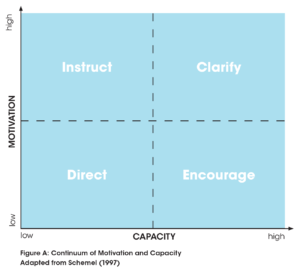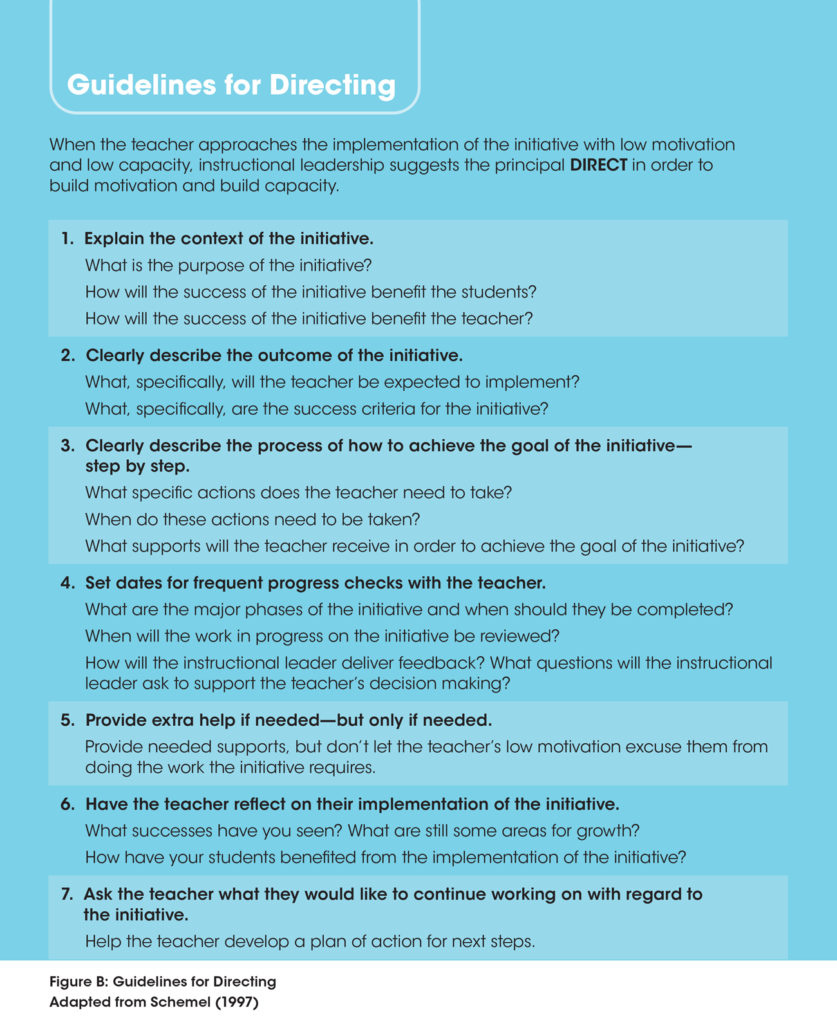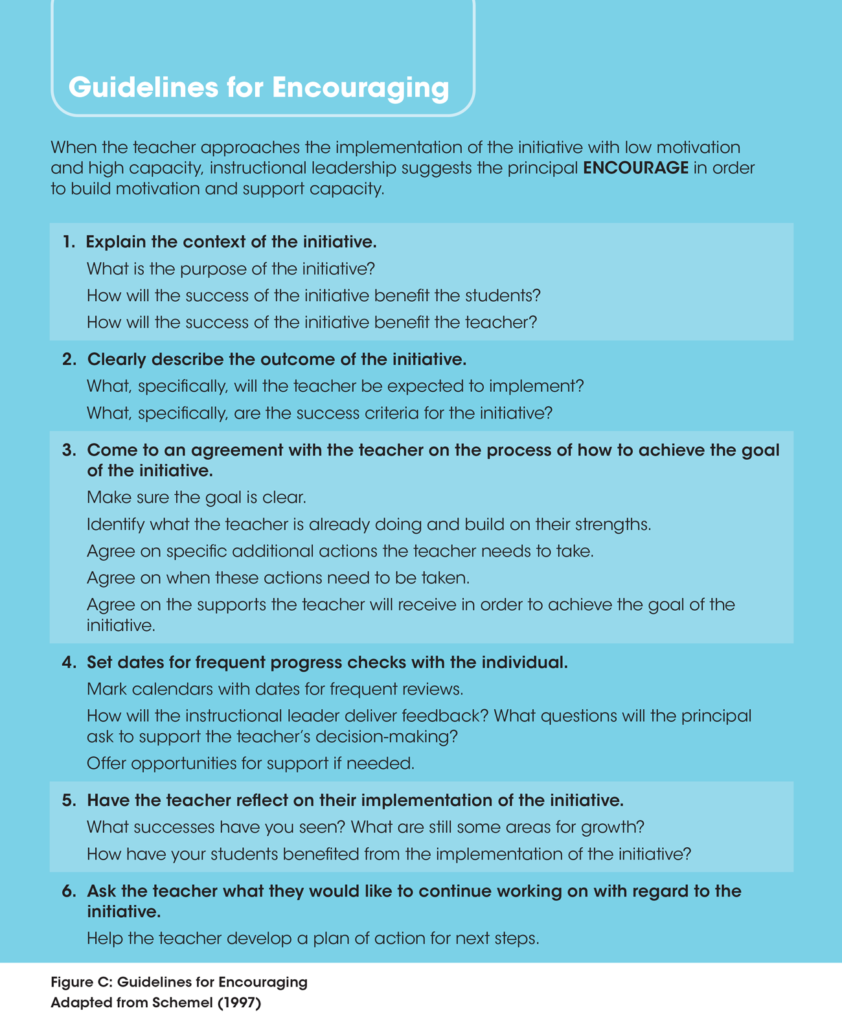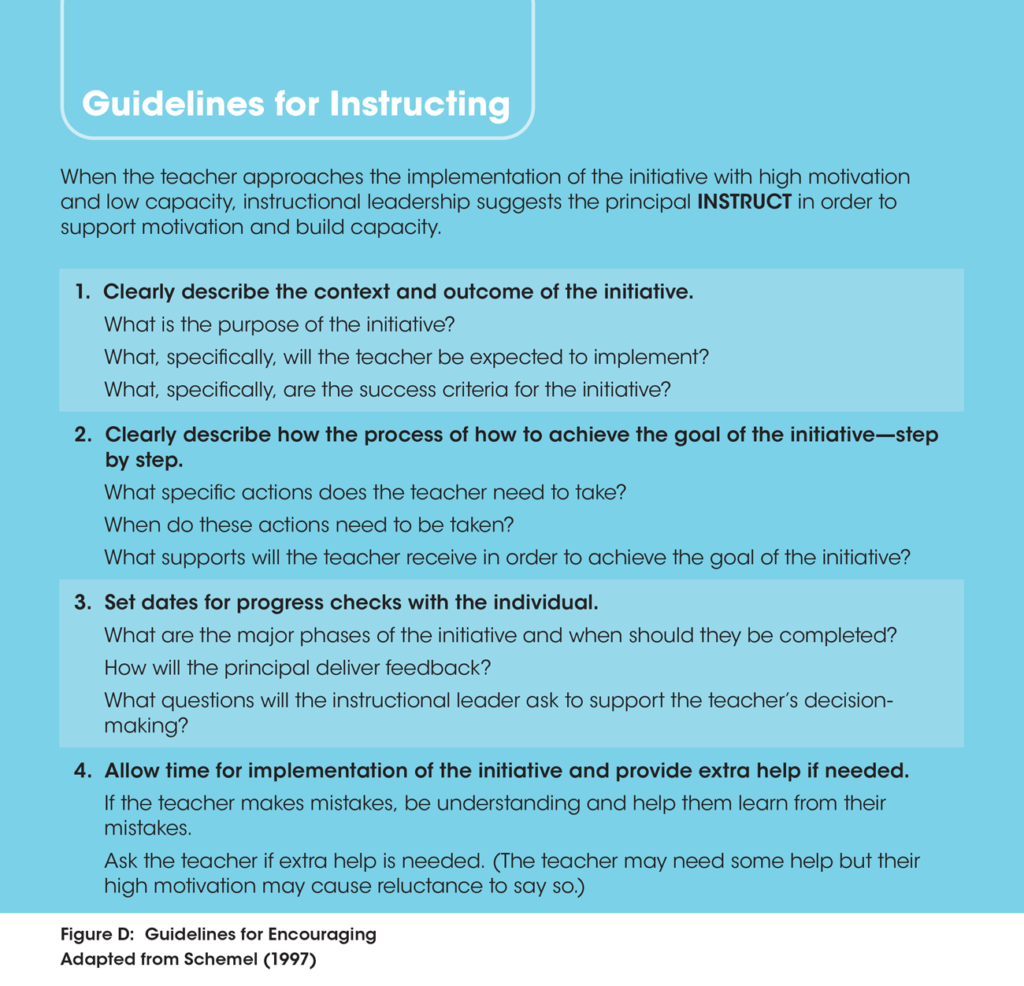Share this article.
When we, as educators, hear the term differentiation, we tend to think of a classroom full of students whose distinct needs are being met in a variety of ways by the teacher. Each student needs to know what they are learning, how they will show they have learned it, what strategies they can use to learn, how they will be monitored and assessed, and their role in the classroom. However, due to their distinct needs, the teacher does not use a one-size-fits-all approach.
“In a differentiated classroom, the teacher assumes that different learners have differing needs and proactively plans lessons that provide a variety of way to “get at” and express learning. The teacher may still need to fine-tune instruction for some learners, but because the teacher knows the varied learner needs within the classroom and selects learning options accordingly, the chances are greater that these experiences will be an appropriate fit for most learners.” (Tomlinson, 2017, p. 5)
In other words, how learning is explained, practiced, and monitored must meet the needs of each and every student learner.
The same is true for adult learners. A principal utilizing instructional leadership knows that all learning is supported by a differentiated approach to delegation based on each individual’s motivation and capacity.
To that end, a principal utilizing the power of instructional leadership understands that with each new initiative, the teacher must be treated as a learner who must receive support specific to their needs. For adult learners, even those who are highly educated in the pedagogy of teaching and learning, this still holds true. Each learner needs to have their support differentiated in terms of how they understand the initiative, receive the support, and are held accountable.
Because effective teachers are the most important factor contributing to student achievement, you know that, as the principal, you need to focus on the growth of your teachers. You should respect each teacher as a learner and honor the teacher’s learning process. In other words, you must differentiate each teacher’s learning by strategically offering those practices that most effectively and efficiently support distinct approaches to adult learning through the actions of instructional leadership.
If you have read our article “The 4 Actions of Instructional Leadership,” you will have already determined the work involved in curriculum, instruction, assessment, and climate of your school-wide initiative and its successful implementation. While determining this work, you will have built in a variety of supports that can be differentiated based on the needs of each and every learner.
Now, you should determine how you delegate and explain the work involved in the implementation of the initiative. You cannot delegate the work in the same way to every teacher. You must determine what is the best approach to explain the decisions, monitor these decisions, and honor the decisions of each and every teacher. Your approach to delegation must be differentiated for each and every teacher.
Differentiated delegation must take into account the teacher’s approach to the initiative—their desire and energy, as well as their skill and experience. Richard F. Elmore (2004) points out that for many teachers this needs to be a personalized approach.
“It is unlikely that teachers who are not intrinsically motivated to engage in hard, uncertain work will learn to do so in large, anonymous organizations that do not intensify personal commitments and responsibilities.” (p. 39)
In other words, the support is dependent on each teacher’s motivation—the will, the desire, and the energy to perform well. Support is also dependent on each teacher’s capacity—the skill, the capability, and the experience necessary to implement the initiative. Please note that a teacher’s motivation is separate from their capacity. A high or low motivation tells the instructional leader nothing about whether a teacher has high or low capacity. An instructional leader also knows that this schema is situational and is dependent on the initiative. For example, with one task, a teacher might have low motivation but high capacity to succeed. For another, the same teacher might have high motivation and low capacity. When support in each of these instances is differentiated to meet the teacher’s needs, the probability for success is increased.
Your understanding of each teacher’s motivation and capacity to implement the initiative at the highest level offers you the information to determine your approach—directing, encouraging, instructing, or clarifying. How you plan and offer your support ensures greater likelihood of successful implementation from each teacher.
 When a teacher approaches the implementation of the initiative with low motivation and low capacity, instructional leadership suggests you offer differentiated support by directing.
When a teacher approaches the implementation of the initiative with low motivation and low capacity, instructional leadership suggests you offer differentiated support by directing.
When a teacher approaches the implementation of the initiative with low motivation and high capacity, instructional leadership suggests you offer differentiated support by encouraging.
When a teacher approaches the implementation of the initiative with high motivation and low capacity, instructional leadership suggests you offer differentiated support by instructing.
When a teacher approaches the implementation of the initiative with high motivation and high capacity, instructional leadership suggests you offer differentiated support by clarifying.
Thus, you will notice in Figure A that support falls on a continuum of more directive to less directive. You might discover that within the implementation of the initiative, a teacher’s motivation and capacity change and you will need to alter your approach. For example, as you work with a teacher who initially approached the initiative with low motivation and low capacity, you might discover that, with their success, you can ease how direct your delegation needs to be and become more collaborative with decision-making.
The following tables (Figures B–E) offer guidance on how to differentiate support for your teachers.




In order for you to implement a sustainable initiative, it is vital that you utilize the actions of instructional leadership and begin to see yourself as a leader whose role is to build a climate of ownership at their site.
When leaders honor their teachers by giving them the authority, the capacity, and the responsibility to implement the initiative, they see heightened motivation and enriched capacity. This increase in motivation and capacity leads to more focused decision-making, which, in turn, leads to increased support for all students.
Continue the Learning
Check out these articles and resources to continue your learning about this topic…
The Learning Brief
In this article you learned…
- Why differentiated delegation is critical to the success of school-wide initiatives.
- How to determine a differentiated approach to delegation for each and every teacher.
- The guidelines for offering differentiate support for your teachers.
Can you imagine building an environment full of motivated, engaged, and eager students who own their learning?
We can.

